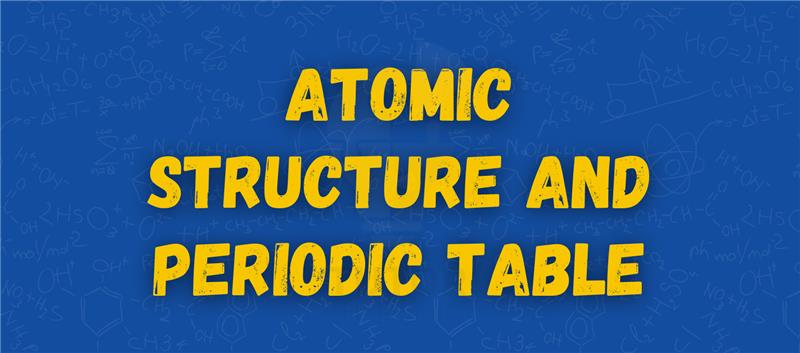How to Revise for English Literature?
English Literature is not just about reading books. It requires deep analysis, critical thinking, and strong writing skills. Many students struggle with revision because they don’t know where to start or how to organise their studies. This guide will show you step-by-step techniques to revise effectively and boost your exam performance. Follow these strategies to […]
How to Revise for English Literature? Read More »










